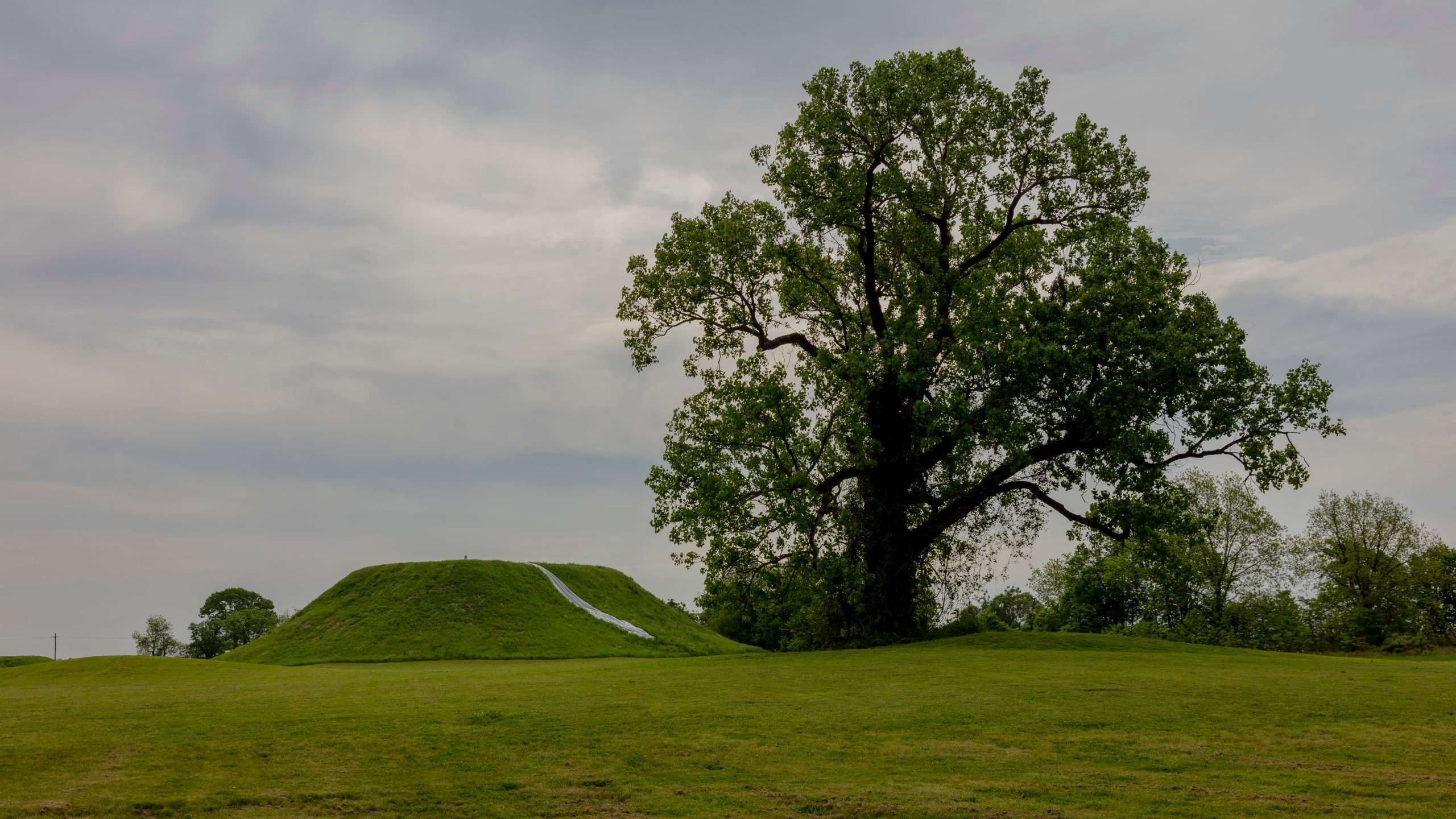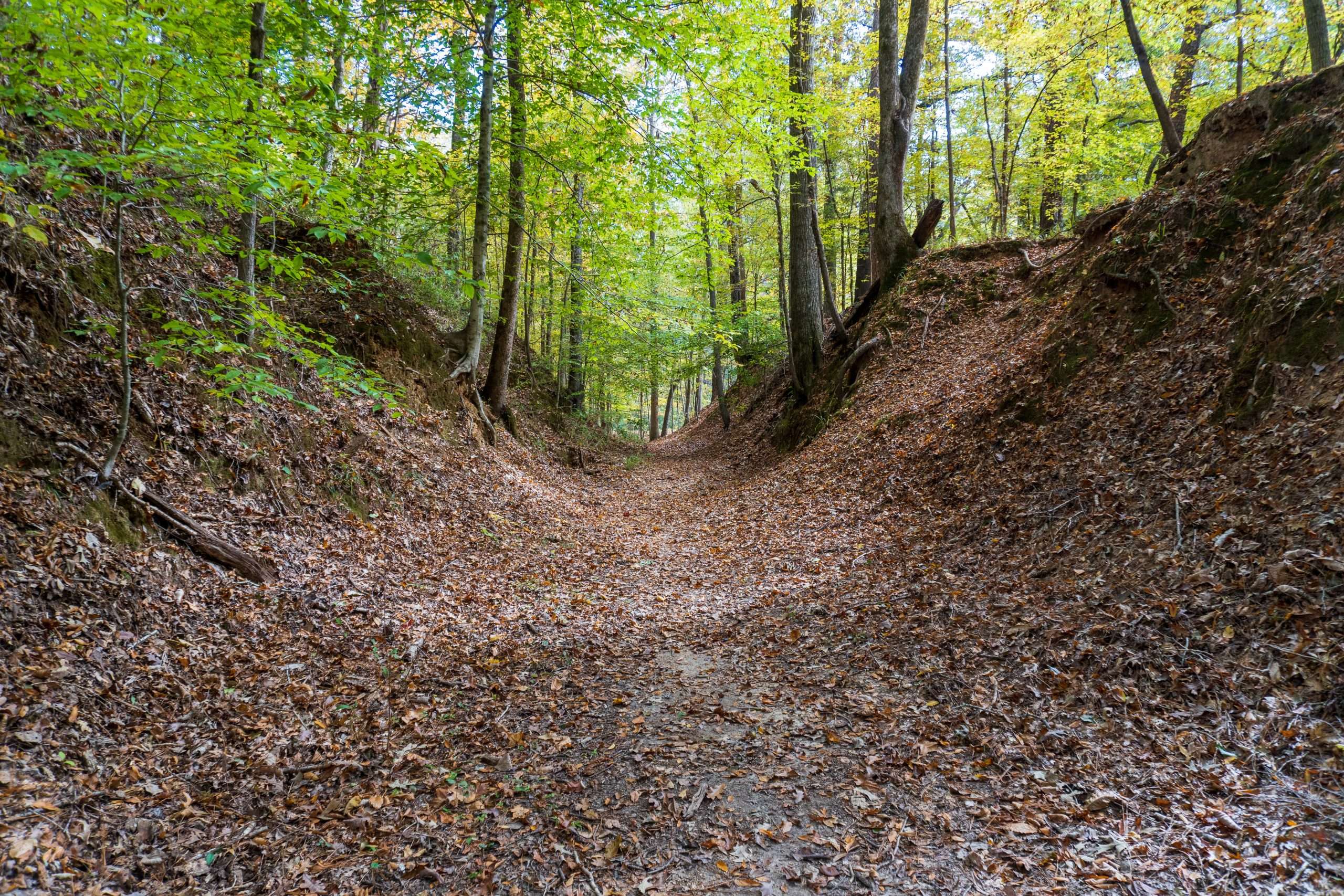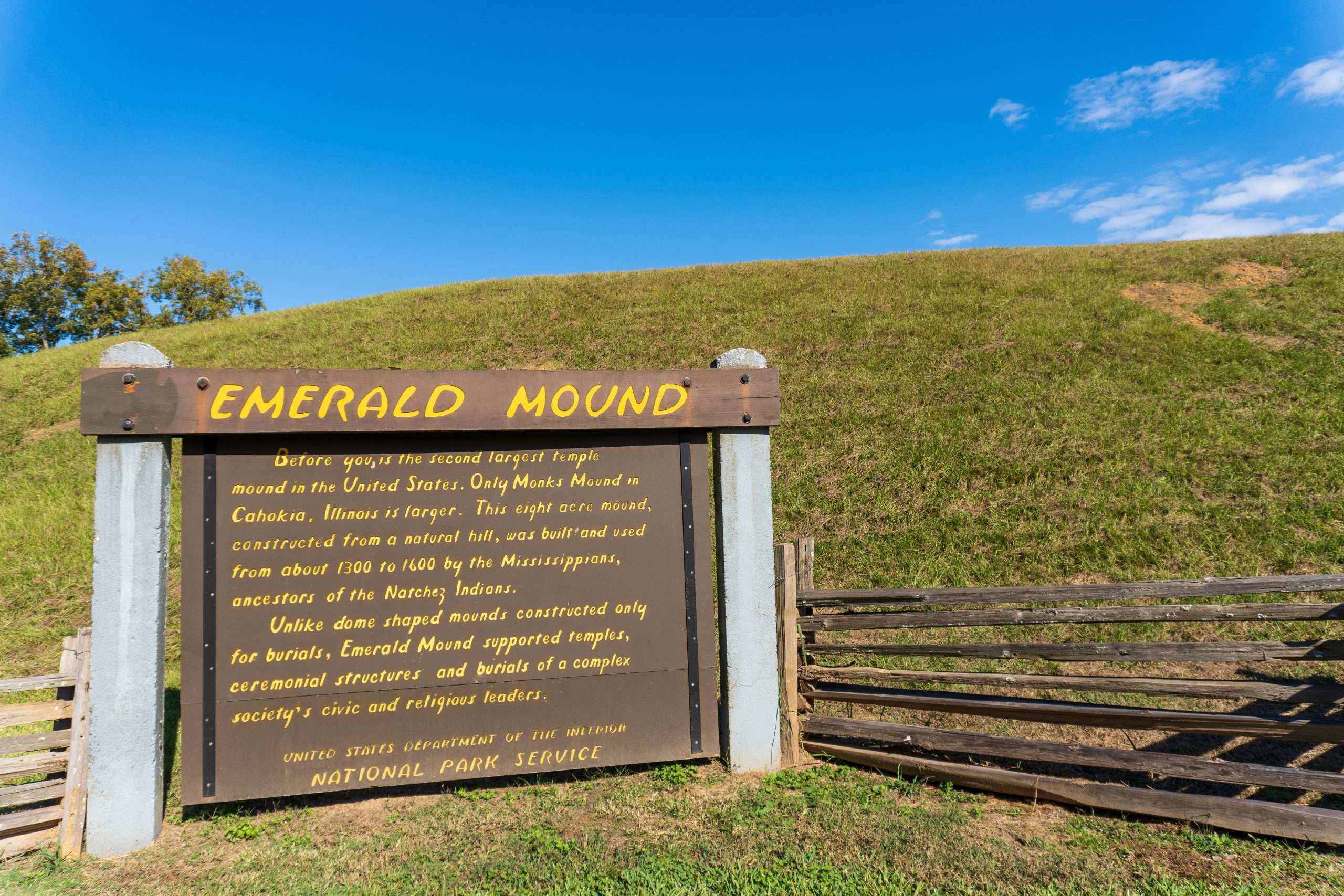The Hester Site: Paleo-Indian Artifacts
The Hester Site, located in Monroe County, Mississippi, offers many Paleo-Indian artifacts. Although it is classified as an “Archaic Period” site, it hosts a vast collection of items that point to Paleo-Indian inhabitation, nearly 15,000 years ago. Through excavations at the site, researchers have uncovered a wealth of artifacts such as ceramics and projectiles. Artifacts found at the Hester Site represent a physical timeline of pottery styles that provide insights into the cultural and technological evolution of the region.
Archeological Reports:
Archaeological reports are crucial to understanding pre-colonization Mississippi. These reports often exceed 160 pages in length and cover a variety of topics regarding a specific place, culture, or period. The Archaeological Report No. 5 details the Hester Site in its entirety- covering the analysis of ceramics found at the site, tool types, and projectile points. For this article, we have chosen the most important evidence of Paleo-Indian life found at the site.

Ceramics
This site offers numerous different ceramics popular during the later portion of the Paleo-Indian period. The site is unique as the site contains “excellent type examples of all the major ceramic periods”. The diverse collection of ceramics shows the evolution of pottery through the use of tempering (firing). There were nearly 180 sherds, or small fragments of broken pottery, found at the site. An abundance of sherds lead archeologists to create subcategories.
The earliest and most significant pottery found, known as Wheeler Plain, is characterized by its thick walls and visible fiber impressions on both exterior and interior surfaces. Its primitive method of tempering the clay left the finished product feeling grainy and sand-like. The end category of pottery found at the site is called the Miller IV period. This final advancement in tempering pottery left sherds “with little to no sand present” and a smooth almost soapy feel. These ceramics at the Hester Site provide a comprehensive timeline of pottery styles and technological advancements with tempering.
Projectile Points at the Hester Site
This site provides various types of points including Clovis and Dalton points, keystone projectile points of the Paleo-Indian period. Both the Clovis and Dalton points were types of stone projectile points used by ancient peoples for hunting. However, there are several differences between the two in terms of their shape, size, and technological advancements.

Clovis points are characterized by their distinctive fluted shape, with a channel running along the center of the point blade. They are typically large and robust with a triangular shape. Their primary use was for hunting large game animals such as mammoths and mastodons.
Dalton points are much smaller and far more narrow compared to the Clovis points. Dalton points display a leaf-shaped design and lacks the distinctive fluting seen on the Clovis points. Their shape and design contributed to their use as a tool for hunting ranging in size, like deer and bison, as well as serving a general purpose for cutting and scraping tasks.

The Dalton point represents a later stage of Paleo-Indian cultural development in North America, following the Clovis tradition. The Hester site is unique because it hosts both types of points, suggesting the use of the site during the entire span of the Paleo-Indian period.
The progression of Clovis and Dalton projectile points, alongside the pottery remnants discovered at the Hester Site, serve as tangible manifestations of an evolutionary trajectory that commenced during the Paleo-Indian era. Demonstrating adeptness in hunting using projectile points, these early inhabitants utilized the resources of their environment, harnessing clay to fashion intricate ceramic vessels. These advancements laid the groundwork for further refinement during the Archaic period, ensuring a continuing trajectory of cultural and technological development.
As we peer through the lens of archaeology into Mississippi’s distant past, the Paleo-Indian period (12,000 BC- 10,000 BC) emerges as a pivotal chapter in the state’s history. Through the meticulous study of artifacts and excavation sites, we gain a deeper appreciation for the resilience, ingenuity, and interconnectedness of ancient peoples who called this land home. By continuing to unravel the mysteries of the Paleo-Indian period, we honor the enduring legacy of Mississippi’s first inhabitants and enrich our understanding of the human journey across time and space.
This article was composed using information provided in the Archaeological Report No. 5. Read more about it here.
Photos courtesy of Adobe Stock.




















